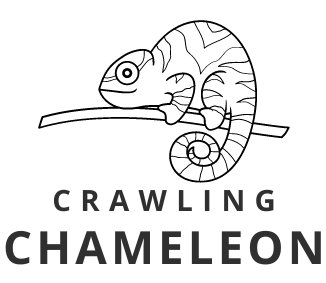Generative Engine Optimization (GEO) is an innovative approach that has the potential to reshape the landscape of search engine optimization (SEO). While traditional SEO caters to search engines like Google and Bing, GEO specifically targets generative engines such as Bard and ChatGPT, ushering in a new era of content visibility.
What are Generative Engines?
Generative engines, driven by large language models (LLMs), redefine the search experience by providing personalized and informative responses. Rather than a mere list of links, these engines deliver concise summaries, creative text formats, and even address complex queries with informative answers.
SGE is the platform, GEO is the optimization strategy for it.
- SGE, or Search Generative Experience, is a specific implementation of generative technology within Google Search. It uses large language models (LLMs) to provide more comprehensive and interactive responses to user queries, often going beyond traditional links and snippets.
- GEO, or Generative Engine Optimization, is a set of techniques designed to improve the visibility of your content within these generative engines, including SGE.
Why prioritize Generative Engine Optimization?
- Enhanced Visibility: GEO empowers you to craft content that aligns seamlessly with generative engines, increasing the likelihood of inclusion in their responses.
- Quality Content: Leveraging GEO ensures your content is accurate, informative, and engaging—qualities that generative engines favor when selecting responses.
- Wider Reach: Generative engines have the potential to reach a broader audience than traditional search engines. Optimizing for GEO taps into this growing market, expanding your content’s reach.
Key Principles of Generative Engine Optimization (GEO)
GEO is still in its early stages, but there are a few key principles that are starting to emerge:
- Relevance and Accuracy: Generative engines prioritize content that is not only relevant to user queries but also accurate and up-to-date.
- Clarity and Conciseness: Craft your content using clear and concise language, facilitating easy understanding and processing by generative engines.
- Structural Elements: Employ headings, subheadings, and bullet points to enhance the readability of your content, making it easy for generative engines to scan.
- Data Integration: Infuse your content with data and statistics to bolster its authority and trustworthiness in the eyes of generative engines.
- Citations and References: Enhance your content’s credibility by citing credible sources, a practice that increases the likelihood of generative engines selecting your content.
The future of GEO
As generative engines continue to develop, GEO is likely to become an increasingly important part of SEO. In the future, we may see the development of specialized GEO tools and platforms that can help content creators optimize their content for generative engine visibility.
Overall, GEO is an exciting new development in the world of SEO. By understanding how generative engines work and how to optimize your content for them, you can position yourself for success in the search engine landscape of the future.

